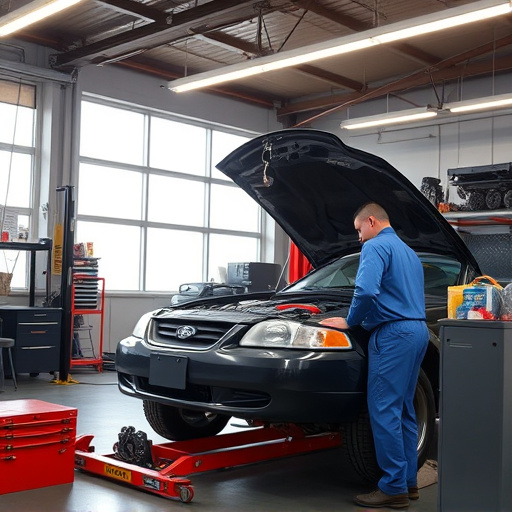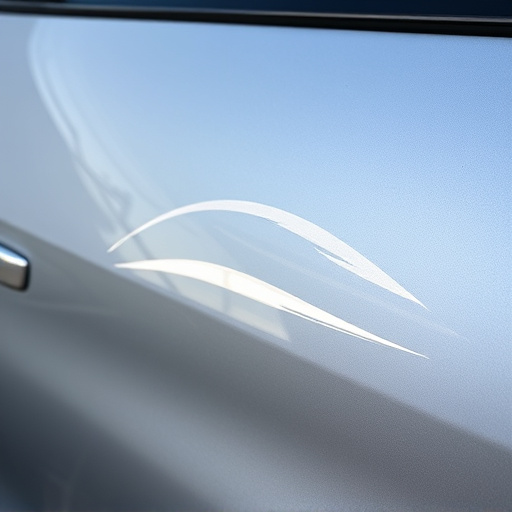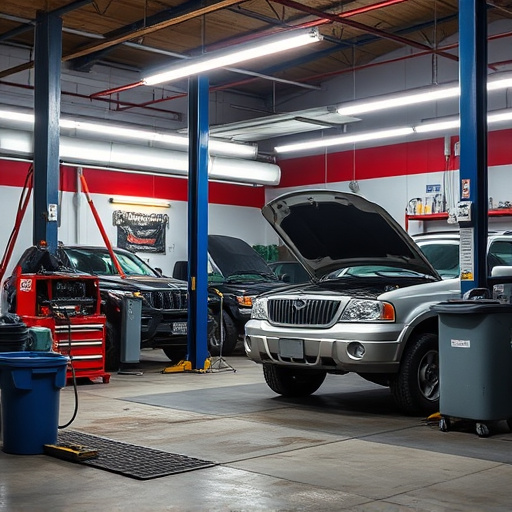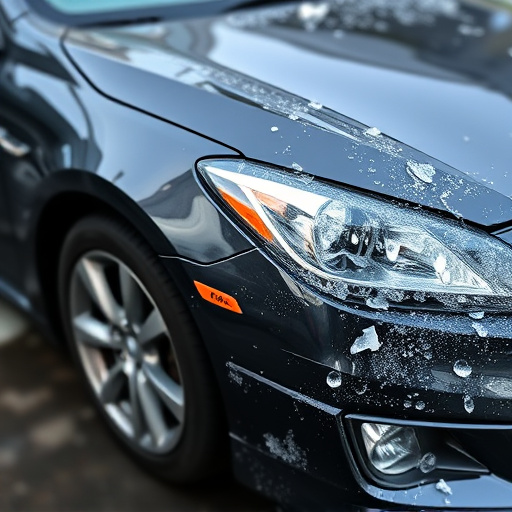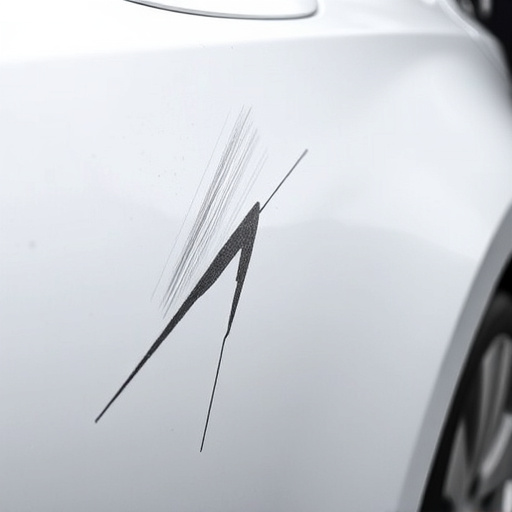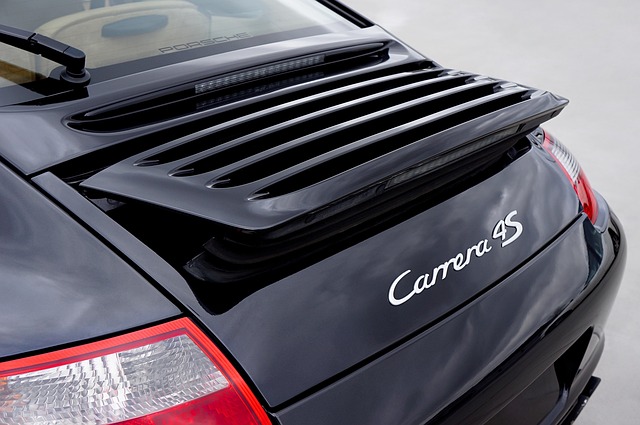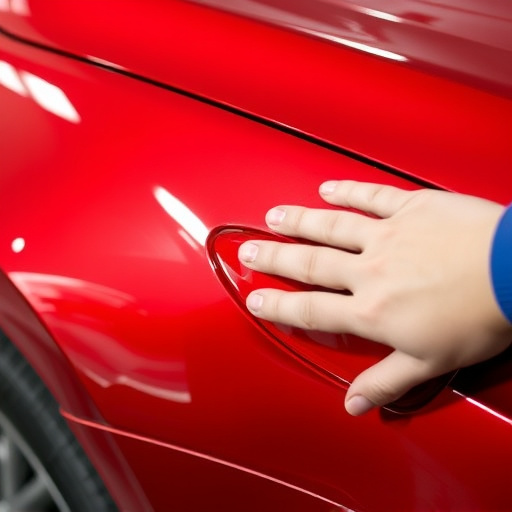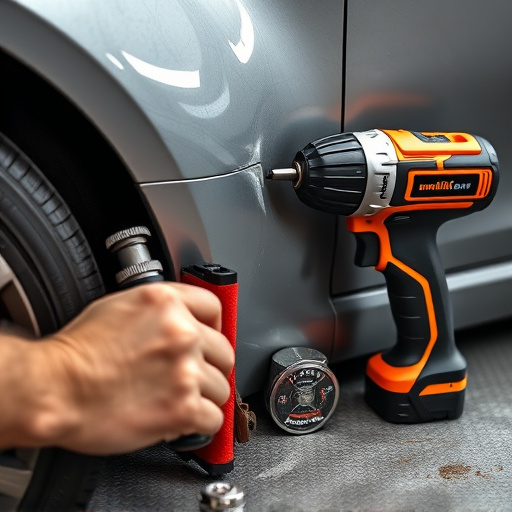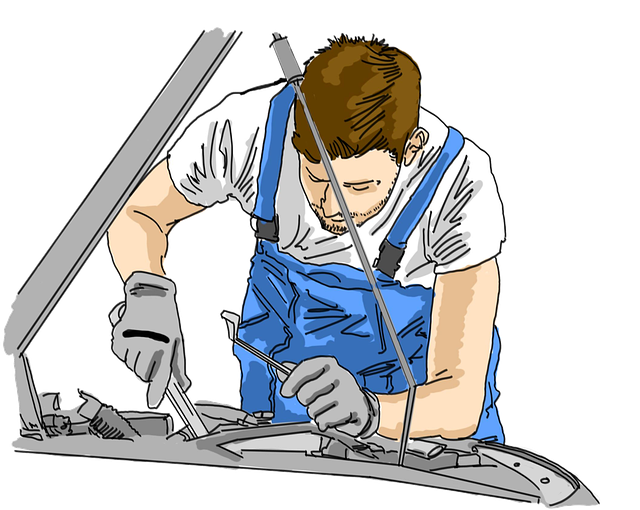PDR (Paintless Dent Repair) is a non-invasive auto body restoration method for minor dents, particularly effective for Mercedes Benz and other vehicle makes. It gently pushes and pulls damaged areas back into place without sanding or painting, preserving the original factory finish and saving costs compared to traditional collision repair. Traditional body work, involving panel replacement and precise paint matching, offers comprehensive repairs for severe damage but is more expensive and time-consuming. When deciding between PDR for minor dents and traditional body work, consider the cost, turnaround time, and suitability for your specific damage level.
“Considering repairs for those pesky little dents? You might be wondering about the pros and cons of two popular methods: PDR (Paintless Dent Repair) for minor dents versus traditional body work. This guide breaks down these techniques, highlighting their unique benefits and drawbacks. Understanding PDR’s non-invasive approach versus the conventional repair method will empower you to make an informed choice tailored to your needs. Let’s dive into the details.”
- Understanding PDR for Minor Dents: A Non-Invasive Approach
- Traditional Body Work: The Conventional Repair Method
- Comparing the Pros and Cons: Making an Informed Choice
Understanding PDR for Minor Dents: A Non-Invasive Approach
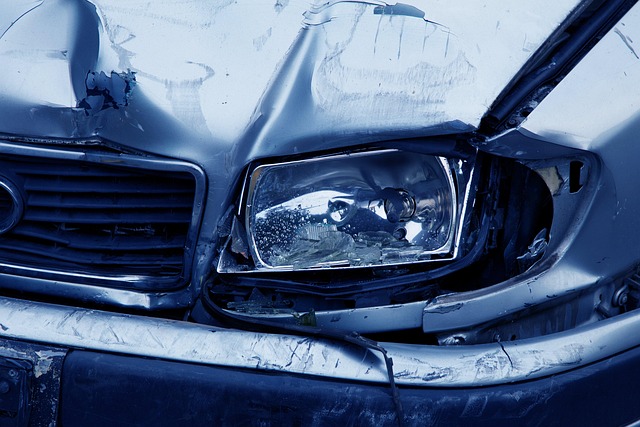
PDR for minor dents represents a revolutionary non-invasive approach to auto body restoration. This method involves using specialized tools and techniques to gently push and pull damaged areas back into place, effectively repairing small dents and dings without the need for extensive collision repair center processes. It’s a game-changer for Mercedes Benz repair, among other vehicle makes, as it minimizes the time, cost, and overall impact compared to traditional body work.
This innovative technique is particularly appealing due to its precision and ability to preserve the original factory finish. Unlike conventional methods that might require sanding or painting, PDR maintains the integrity of the car’s surface, ensuring a seamless repair that’s often invisible to the naked eye. As such, for minor dents, PDR offers a cost-effective solution that keeps your vehicle looking like new while avoiding the extensive procedures typically associated with collision repair centers.
Traditional Body Work: The Conventional Repair Method
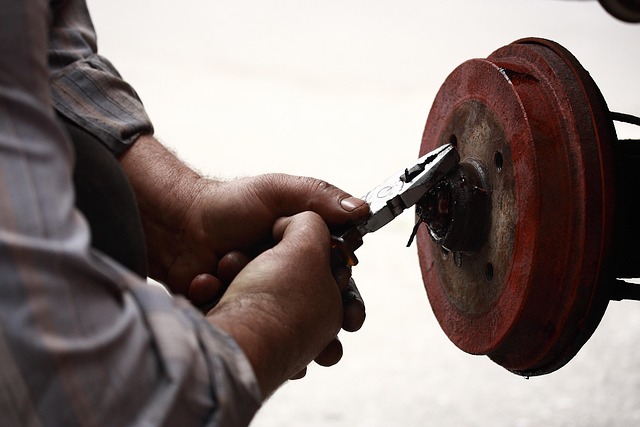
Traditional Body Work refers to the conventional method of repairing vehicles, particularly for minor dents and dings. In a typical auto collision center, this process involves several steps that can be quite involved. First, the damaged area is thoroughly inspected to assess the extent of the dent. Then, specialized tools are used to pop out the depressed panel, a technique known as PDR (Paintless Dent Repair). Once the dent is removed, the panel is straightened and any necessary adjustments made to ensure it aligns perfectly with the rest of the vehicle’s body.
After the panel is prepared, skilled technicians apply precision paint matching techniques to blend in any visible repairs. This meticulous process ensures that the repaired area matches the original color and finish of the vehicle. Unlike other collision repair methods, PDR for minor dents allows for faster turnaround times and often comes at a lower cost, making it an attractive option for vehicle owners looking to restore their cars’ pre-accident condition without extensive body work.
Comparing the Pros and Cons: Making an Informed Choice
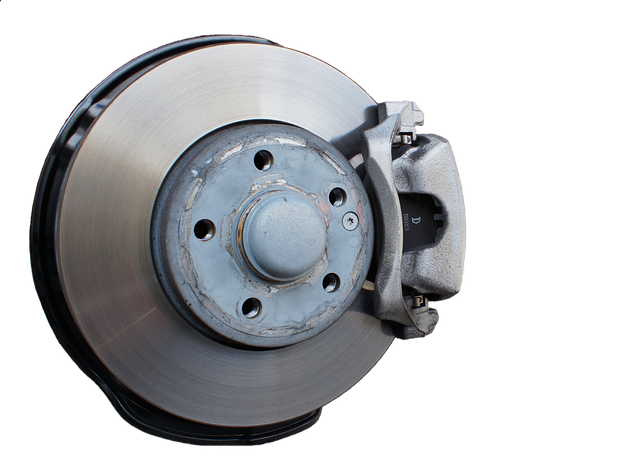
When deciding between PDR for minor dents and traditional body work, it’s crucial to weigh the pros and cons of each method. PDR (Paintless Dent Repair) is a specialized auto body service that effectively removes dents and scratches from a car’s surface without painting or replacing panels, making it an appealing option for minor dent repairs. This non-invasive technique not only preserves the original factory finish but also offers cost savings compared to traditional body work. However, PDR may not be suitable for deep or complex dents, as its effectiveness depends on the size and type of damage.
On the other hand, traditional auto body services involve replacing or repairing damaged panels, which can restore a vehicle to like-new condition. While this method addresses more severe dents and offers comprehensive repairs, it comes at a higher cost due to labor-intensive processes such as panel replacement, painting, and detailing. Moreover, the repair time for traditional methods is generally longer compared to PDR, as it demands additional steps to ensure precision and quality. When considering which approach aligns best with your needs, evaluating these pros and cons will help guide an informed decision for your car’s restoration or tire services.
When it comes to repairing minor dents, PDR (Paintless Dent Repair) offers a non-invasive, cost-effective solution compared to traditional body work. By understanding the benefits and drawbacks of each method, car owners can make an informed choice that suits their needs and budget. PDR for minor dents is an efficient, eco-friendly option, while traditional body work provides more extensive repairs for deeper damage. Ultimately, opting for PDR can save time, money, and maintain the vehicle’s original finish, making it a compelling choice for those seeking quick, quality dent repair.
